Intel expects its loss-making Foundry division to reach breakeven by 2027, driven by internal adoption of its 18A process, and contributions from packaging, and mature nodes.

|
Scooped by
Richard Platt
onto Internet of Things - Company and Research Focus May 16, 11:51 AM
|





 Your new post is loading...
Your new post is loading...





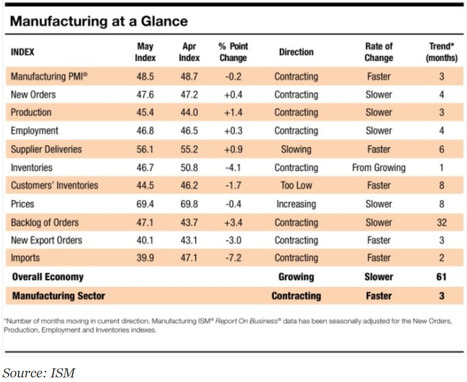
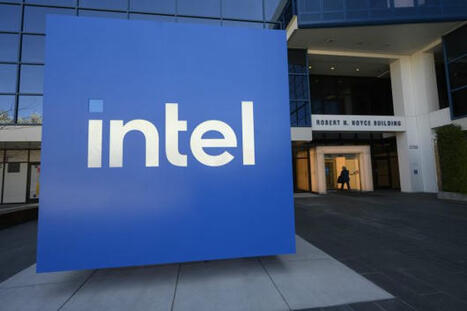

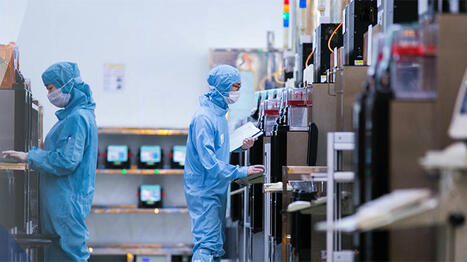

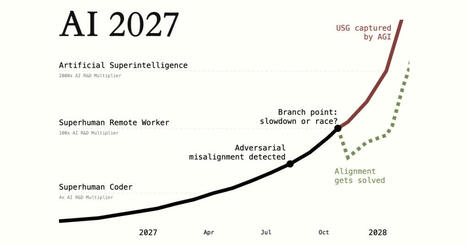



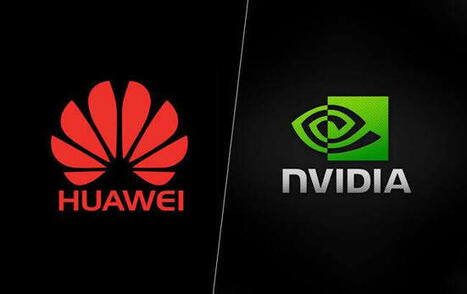





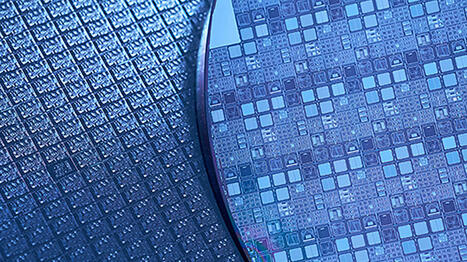
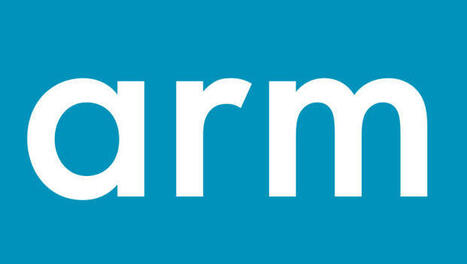







Currently, Intel's Foundry division loses billions every quarter as it invests heavily in new process technologies and production capacity. However, the company hopes that the Intel Foundry unit will break even sometime in 2027, which will coincide with the rollout out Intel's 14A manufacturing technology and production start on 18A-P node.
Intel this week reaffirmed that the first product made on its 18A (1.8nm-class) fabrication process, the client PC processor (codenamed Panther Lake), will hit the market late this year and will ramp in 2026. The manufacturing technology will also be adopted for Xeon 'Clearwater Forest' and some 3rd-party products, but from Intel's Foundry business perspective, 18A is will be a proof-of-concept for external clients. If this production node is a success, more potential customers will adopt its successors, including 18A-P, and 14A (1.4nm-class). -- "I think we do need to see more external volume come from 14A versus versus 18A, said David Zinsner, CFO, at the J.P. Morgan Global Technology, Media and Communications Conference.
"We have […] a bunch of bunch of potential customers, and then we get test chips, and then some customers fall out in the test chips, and then there is a certain amount of customers that kind of hang in there. So, committed volume is not significant right now, for sure. But, you know, I think we have got to partly prove ourselves a little bit with our own product and eat our own dog food here, and then […] we start to see some engagement around customers." Zinsner admitted that if the company choses to use High-NA EUV lithography with its 14A process technology, but its costs will go up initially. Intel hopes that advantages enabled by the new fab tools will outweigh those higher costs. The company also intends to produce more of its own silicon in house with its Panther Lake and Nova Lake CPUs, which will improve Intel's margins and its utilization of production capacities. As a result, Intel hopes that its Foundry unit will break even in 2027 and will be profitable from then on. "We still feel on track to to hit breakeven sometime in 2027," Zinsner said. "You know, I think when we committed to it in 2024, we said, 'it is going to be somewhere between 2024 and 2030, most people kind of settled in that that must mean 2027, and that is generally kind of what we are thinking is we can be breakeven." -- To break even, Intel Foundry only needs low- to mid-single-digit billions in annual external revenue, according to Zinsner. Most of 18A's volume will come from Intel's internal products, while 14A will require more external adoption. Intel's breakeven strategy also includes revenue from advanced packaging, mature nodes (like Intel 16), and partnerships with UMC and Tower. The company will continues to follow its 'smart capital' model, balancing internal and external wafer sourcing, and expects Foundry to compete for internal product demand to ensure efficiency and cost control.